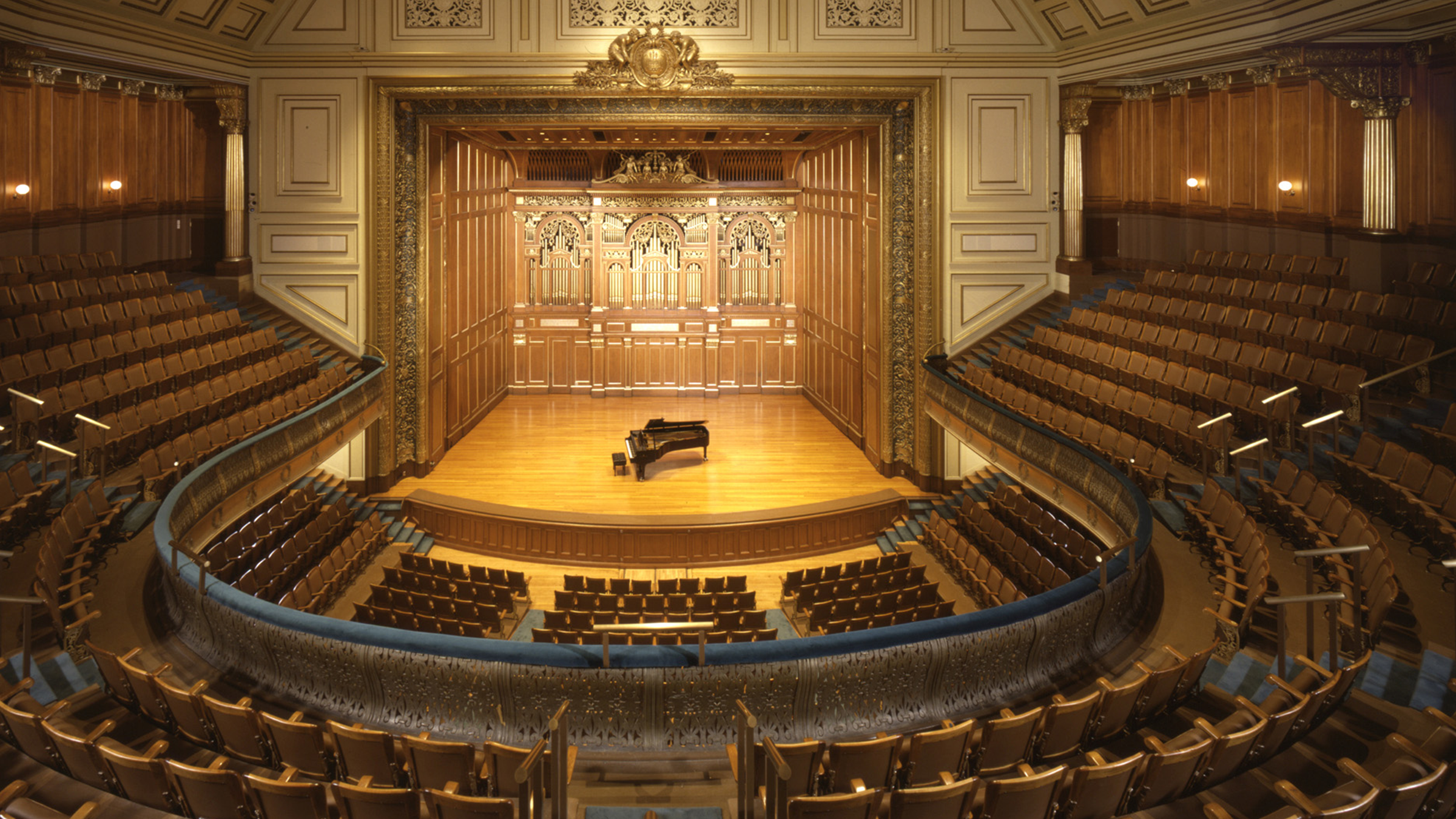Concert Review
The Boston Musical Intelligencer Boston, MA October 27, 2013
Sonic Light from Chinese Chamber Players

“Light and Shadow” at New England Conservatory’s Jordan Hall Saturday night was sponsored by the Foundation for Chinese Performing Arts, a worthy non-profit organization devoted mainly to boosting young Chinese musicians and artists. The pianist and three string players who appeared in various combinations through the evening were well beyond boosting.
Felix Mendelssohn’s Sonata for cello and piano No. 2, opus 58, composed for his cellist brother Paul, allows the piano and cello to perform as equals in this lively pairing so carefully balanced. The startling full-bore opening in allegro assai vivace by Bion Tsang’s powerful cello established themes and moods to follow. Tsang’s playing, reflected in his telegraphing smiles and frowns, was something close to exquisite. But the most interesting movement to this reviewer was the second, which sets off in allegretto scherzando with Meng-Chieh Liu’s lively piano theme, echoed in pizzicato by the cello. Soon Tsang took over with a second theme backed by Liu’s lush yet transparent playing. The extended molto allegro vivace finale recalls Mendelssohn’s classic “Spinning Song” from the Songs Without Words, as the tempo increases to feverishly.
With storied Meng-Chieh Liu at the piano and his three partners, cellist Bion Tsang, violist Scott Lee and violinist Nai-Yuan Hu, this ad hoc but very simpatico group of established pros played as if they had been touring together for years. In fact they had recently played the same Faure in Chicago and Dallas, and the experience showed.
The foursome launched into the quartet with an allegro molto moderato piano theme soon taken up by the violin, then passed around and developed by tout l’ensemble. The scherzo changes the mood to a delightful, spirited solo piano opening echoed by pizzicato strings. The theme and its echo recur twice as the scherzo races on. A deeply emotional adagio follows, richly melodic, finally giving way to the surprisingly big sound of the allegro molto finale. By the end, a listener to these seasoned players is virtually floating airborne.
Perfection of ensemble is not all that matters, even though we got a successful marriage of four strong personalities whose individuality was not subsumed: Liu was the expansive visionary and colorist, Hu the bel canto singer, Lee the Ethel Merman (“Anything You Can Do I Can Do Better”), and Tsang the dominating swashbuckler.
By Michael Johnson
Michael Johnson is a former Moscow correspondent who writes on music for the International Herald Tribune, Clavier Companion, and other publications. He divides his time between Bordeaux and Brookline.









